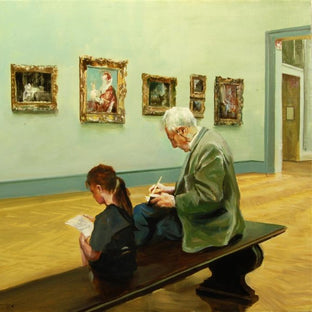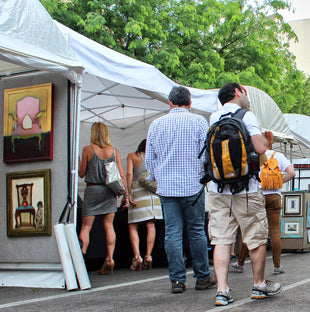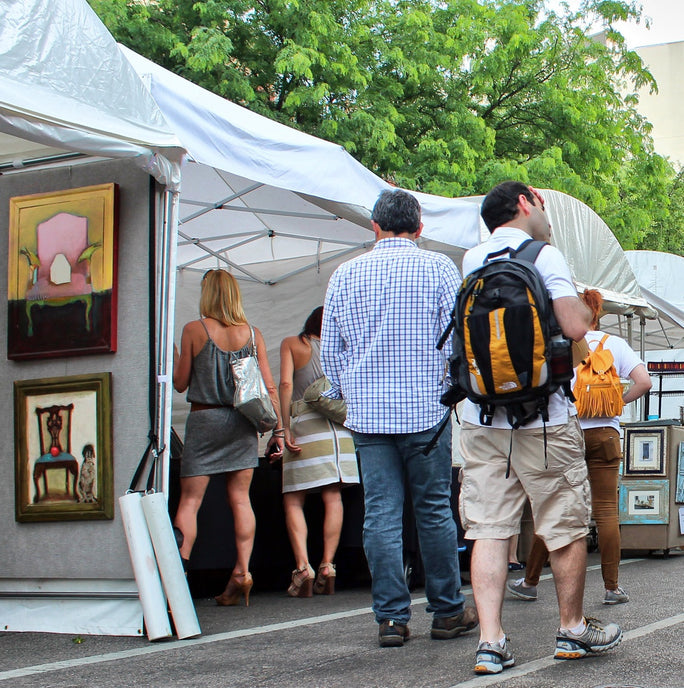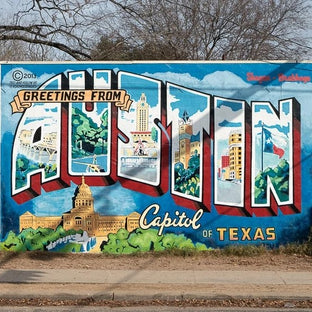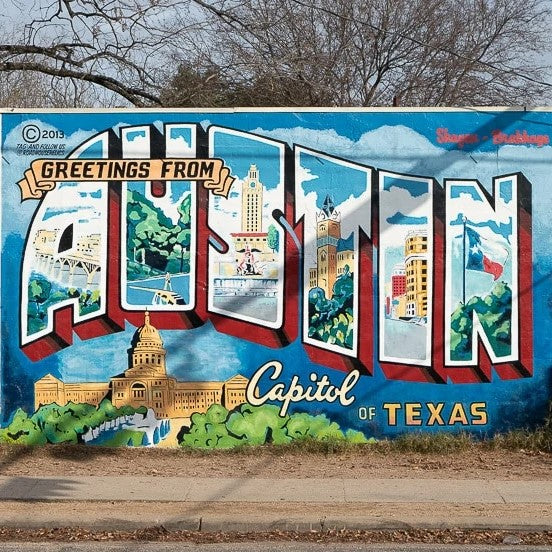Transit Art Dallas: The Art of Transportation
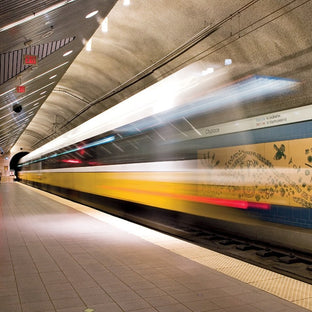
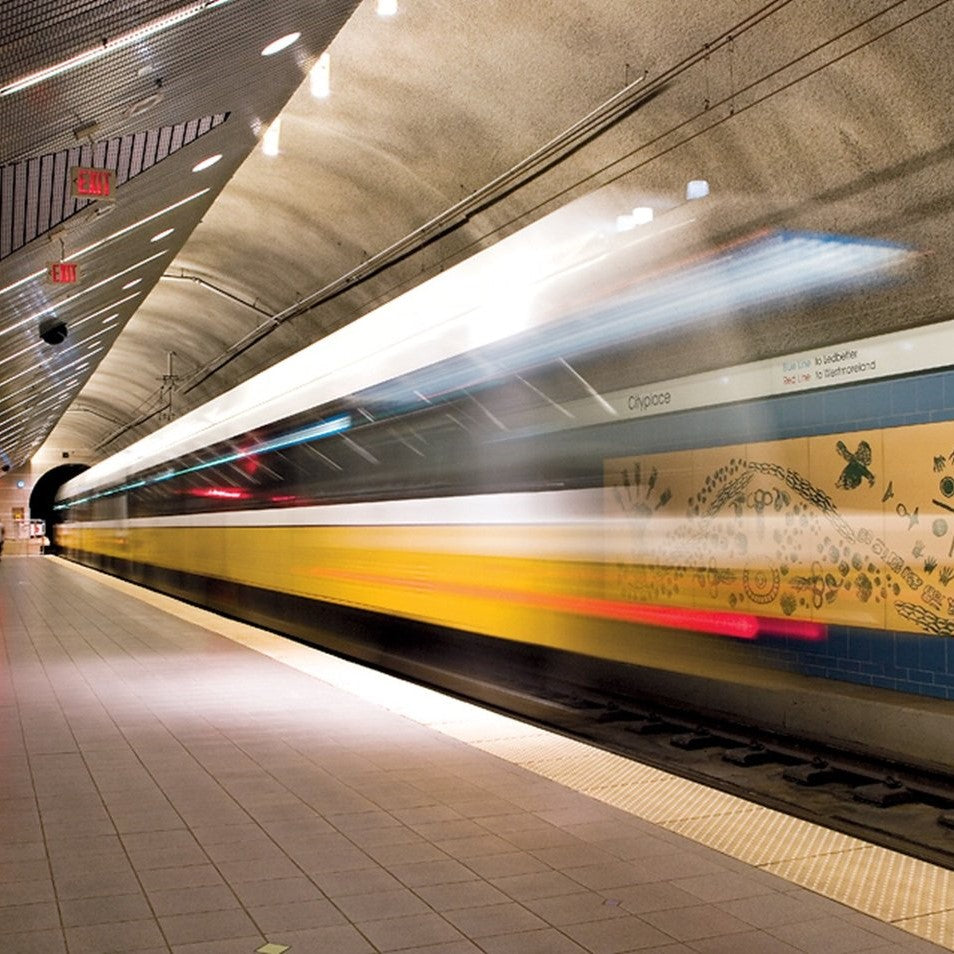

With its suburban feel and many privately owned and operated vehicles, the Dallas/Fort Worth area is quite different from the East Coast transit cities we've covered so far. Nonetheless, the vibrant Texas community has a pretty fantastic transit network known as the Dallas Area Rapid Transit (DART) system. DART serves twelve suburbs within the Dallas-Fort Worth metroplex, includes light rail, buses and commuter rail, and offers great options for tourists to the Dallas area. Where Dallas isn't remarkably divergent from cities such as DC and New York is the fact that it also has phenomenal public art in the form of innovative and aesthetically pleasing transit art.
What we love about the DART Art and Design program is that it incorporates art within common and practical transit station elements. This includes columns, canopies, pavers windscreens, fencing, and landscaping. Given their unique approach to public art, we weren’t surprised to learn that DART station art and design is an award-winning program.
Dozens of stations along the various DART lines include artwork in the form of sculptures, paintings, mosaics, and a host of other original works. We're highlighting a few, but you can check out all of them thanks to DART's easy to use guides to DART station art.
Along the Red Line
The Cityplace/Uptown station is DART's only underground subway station and features art that tells a fascinating story that reflects an evolutionary theme. Works change with each descent from floor to floor, representing the geology of the area as well as human evolution.
One floor includes works representative of fossils discovered while the station was being constructed, while another features artwork by children which symbolizes their hopes and dreams as they anticipate adulthood. Yet another is a fascinating depiction of Native American artifacts which were unearthed during construction of the subway station. The historic elements are extraordinary, including a collage of African American artifacts from a nearby cemetery, items that rival that which you might find in a big city museum.
Along the Green Line
DART refers to its arts program as "art that works," another clever play on the concept of incorporating artists' work into the functional aspects of the transit system. The industrial nature of both the infrastructure and the artwork itself is meaningful given that the DART seeks to ensure that transit art is created in a way that withstands the elements.
The Walnut Hill/Denton DART station located along the green line pays tribute to the hard-working men and women who were early laborers in the DFW area, and whose work helped usher in the industrial era. Art that portrays farmers and machinists and other types of workers is embodied within windscreens and fencing, giving additional meaning to the phrase "art that works."
Along the Blue Line
“Uplifting” would be one way to describe artwork at the Morrell Station, for which the various elements are the result of a collaborative effort between regional artists and area school children. The neighborhoods served by the station are predominantly African American communities with a growing Hispanic population as well. The station features seating made of Texas limestone, which is perfectly complemented by the mural "Art of Transportation, Bringing Us Together." The beautiful montage of colorful imagery reflects the evolution of transportation as envisioned and expressed through the creative lens of the children.
The neighborhoods served by the station are predominantly African American communities with a growing Hispanic population as well. The station features seating made of Texas limestone, which is perfectly complemented by the mural "Art of Transportation, Bringing Us Together." The beautiful montage of colorful imagery reflects the evolution of transportation as envisioned and expressed through the creative lens of the children.
We hope you’ve enjoyed this foray into Texas transit art as much as we’ve enjoyed the journey to discover it. You can also check out original artworks, including paintings inspired by Texas and the southwest regions, updated weekly on the UGallery website.
